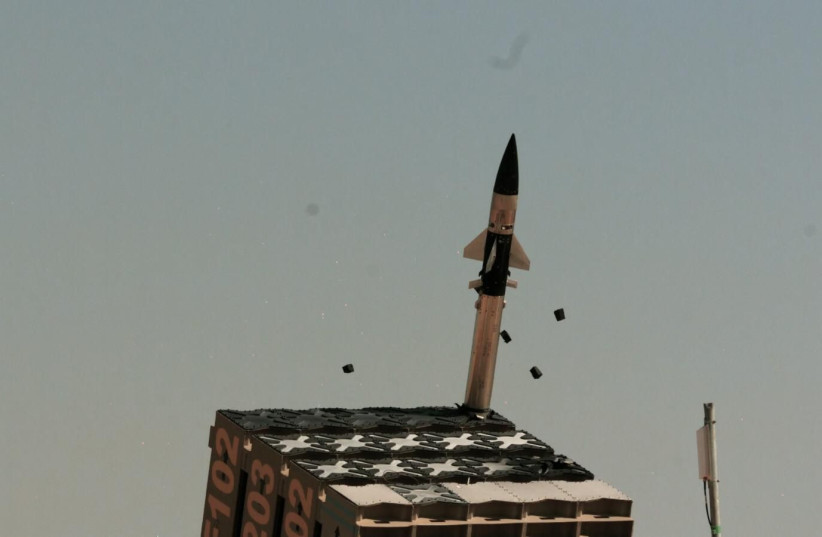The government companies Rafael and Elta, a subsidiary of Israel Aerospace Industries, are the main beneficiaries of the extraordinary success of the Iron Dome interception system after Operation Breaking Dawn.
Rafael developed the interception technique and Elta developed the radar system.
Amir Peretz, who as defense minister gave an extraordinary boost to the development of the system, is the Chairman of the Board of Directors of the Israel Aerospace Industries.
<br>Success during Operation Breaking Dawn
According to the data published as part of the recent Operation Breaking Dawn, the Iron Dome managed to intercept 96% of the rockets launched at Israel by the Palestinian Islamic Jihad.
This number doesn’t include the rockets that, according to radar data, were known in advance to fall in uninhabited areas.

This extraordinary interception rate is well known to other armies which are interested in equipping themselves with the system, which is effective mainly against rockets, but also against low-altitude aircraft.
<span style="background-color: #c2e0f4;"><br></span>Negotiations for sales
According to estimates, this success rate will accelerate negotiations that are already underway with the United Arab Emirates, Bahrain and several European countries.
The cost of one battery, not including the interceptor missiles, is estimated at 100 million dollars. It’s mainly used by the IDF. Part of the funding for developing the system was provided by the Americans, but the AAmerican army actually purchased a small number of batteries.
